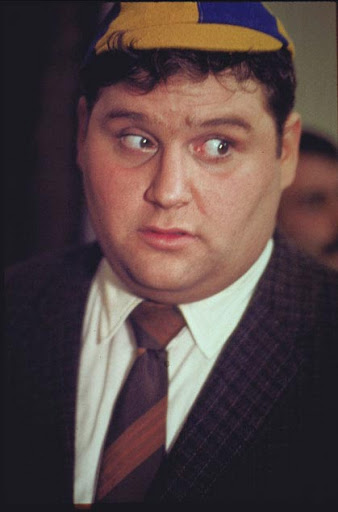In the last 48 hours I have confirmed from multiple sources that Rudy Kurniawan is once again offering millions of dollars worth of wine for auction – this time at an auction to be held in London on February 8 by Spectrum Wine Auctions (based in Orange County California) and Vanquish Wine Ltd of London. Mr. Kurniawan’s wines were officially consigned through an agent – one Antonio Castanos – who is known to have acted on Mr. Kurniawan’s behalf in selling wines to third parties since the infamous Acker Merrall auction held on April 25, 2008 in New York. At that auction, a large number of Domaine Ponsot burgundies were withdrawn on the day of the sale at the request of Domaine Ponsot, which said that all of the bottles in question were fraudulent.
I was first alerted to the problem when two East Coast burgundy collector friends of mine asked if I had seen the February 8 Spectrum/Vanquish auction catalog. They were concerned, based on the fact that auction catalog contained numerous old vintages of high value DRC wines and first growth bordeaux, many in magnum, jeroboam and even bigger glass formats, that Mr Kurniawan was once again offering wines for sale. Upon further inquiry, multiple sources confirmed that Mr. Kurniawan is the source of the wines in question, including, late today, the auction house itself after I called to ask questions and confronted them with the information I had obtained. I also provided Spectrum with a lengthy list of DRC wines (the only wines from the catalog that I examined) whose authenticity I question based upon apparent discrepancies on the labels, strip labels and neck labels when compared with bottles I have personally owned in the past, and bottles sold via other auction houses. I also reported some discrepancies concerning the bottle numbers which appeared on some of the DRC bottles, information that one large bottle of DRC bore the same bottle number which had been sold twice previously at Acker Merrall auctions, including the Cellar II auction, and information that the case of 1966 DRC Romanee Conti in the auction had been previously pulled out of an auction catalog by another Southern California auction house on the grounds that its authenticity was in doubt. I will continue to look at the catalog for other discrepancies as time permits. Given the large number of problems I observed on the DRC bottles, and the fact that Spectrum and Vanquish elected to proceed with the sale without disclosing that Mr. Kurniawan is the key seller in the auction, late this afternoon I demanded that Spectrum and Vanquish halt the sale of Mr. Kurniawan’s wines. I have not yet received a response. The relevant decision maker is allegedly on his way to London to attend the sale as this is written.
As most of you are aware, Mr. Kurniawan sold tens of millions of dollars worth of wine in the auction market since at least 2004, including over $26 million in two auctions held at Acker Merrall in 2006 referred to as “The Cellar I” and “The Cellar II.” Acker Merrall eventually refunded millions of dollars to wine collectors who purchased wines in those auctions and demanded refunds on the grounds that they believed the bottles they purchased were not authentic. Acker subsequently obtained a $10.4 million consent judgment against Mr. Kurniawan.
There are at least two known prior instances in which bottles offered for sale by Mr. Kurniawan were withdrawn from auctions at the request of the domaines whose names appeared on the labels because the wines were not believed to be authentic. In addition to the Domaine Ponsot wines in the April 25 2008 Acker auction, a lot of six magnums of 1982 Le Pin which was offered by Christie’s Los Angeles in its April 27, 2007 auction catalog (and featured on the cover), was withdrawn at the request of Chateau Le Pin. Well known wine collector William Koch has filed a lawsuit in Los Angeles Superior Court against Mr. Kurniawan alleging fraud and other claims in connection with several bottles of wine which Mr. Koch purchased at auction which were consigned by Mr. Kurniawan and which Mr. Koch contends were knowingly and fraudulently mislabeled. That litigation remains pending.
I have been told by Spectrum that there are other consignors whose wines appear in the Feb 8 auction in addition to those of Mr. Kurniawan, but I do not have a list of of the lot numbers which belong to other consignors.
Given Mr. Kurniawan’s previous history, I find it unbelievable and inexcusable that Spectrum and Vanquish chose to offer Mr. Kurniawan’s wines at auction at all – let alone without publicly disclosing his ownership. Richard Brierley, the Head of Fine Wine at Vanquish, is quite familiar with Mr. Kurniawan and his history by virtue of his prior employment at Christie’s New York. The bottom line is – BUYER BEWARE!
